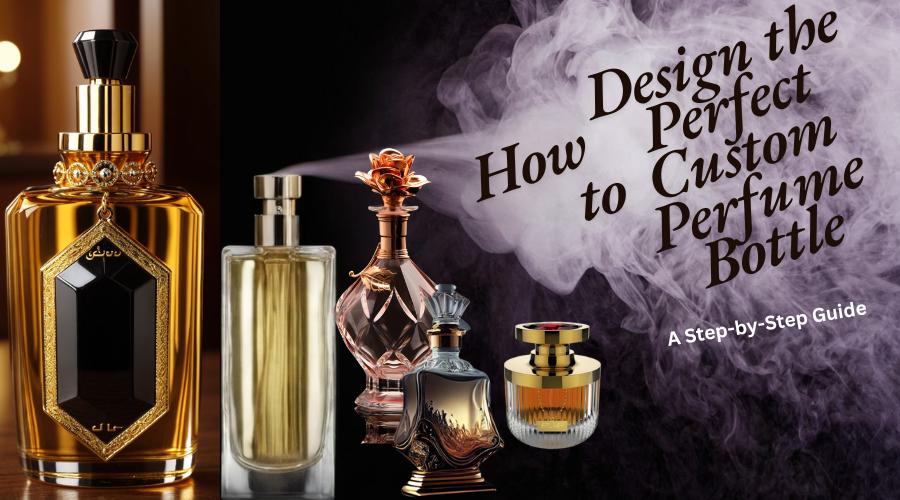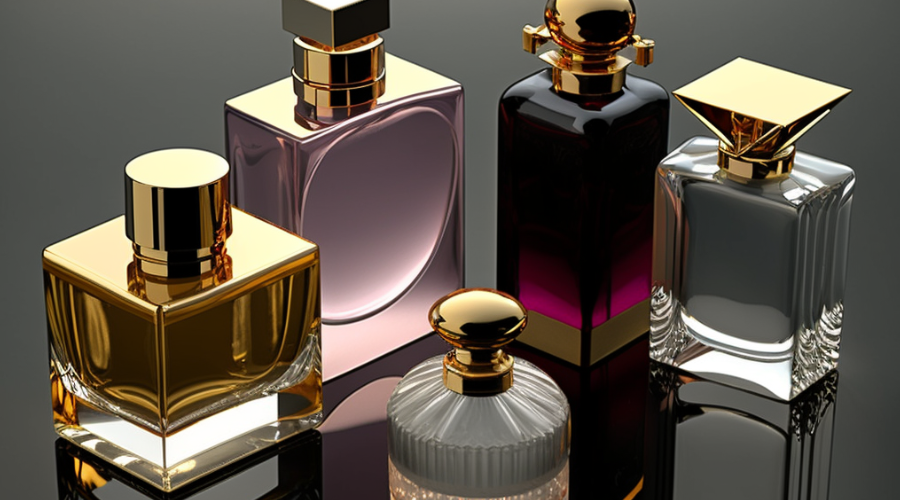


Designing the perfect custom perfume bottle is a call for aesthetics, ergonomics, and of course brand narrative. Indeed, your fragrance bottle is the first marketing interface between your brand and potential consumers and, therefore, a critical component of your merchandise. In this detailed tutorial, you will go through the main stages to create a beautiful perfume bottle that will have meaning for your consumer.
So, let’s start with a basic definition of why custom perfume bottles differ from the other mass-produced ones on the market. Personalized bottles are special creations of your company and can help you target the right customers by holding a unique place in the retail shops. On the one hand, the use of standard solutions may be financially justified from a certain point of view; on the other hand, the design of a new custom bottle guarantees a much greater competitive advantage.
Your perfume bottle should therefore be an embodiment of your brand personality. Begin with the construction of working brand mood board that encompasses your visual language to values and targets customers. Look at great examples, such as Jo Malone’s simple bottles for luxury minimalists or Marc Jacobs’ designs for the younger generation.
There can be no doubt as to the fact that the choice of materials used to make the product has the ability to influence not only the overall appearance of the product but also its performance. Glass is still the material of choice for luxury fragrances for many different reasons, but its weight, clarity, and its effectiveness to preserve fragrances cannot be overlooked. However, modern recyclable plastics may be used to create travel-sized versions or use environmentally friendly logos and containers. Consider these factors:
Glass: Provides a good feel and excellent preservation at a price level higher than the ones offered by competitors.
Plastic: Non toxic, not having issues of shattering. Affordable Metal: It has of course its own style, offers protection, and occupies a premium segment.
The finish of your chosen material also has an important function here. Frosted glass can create an elegant and contemporary interior, and the high gloss provides an impression of classic richness.
Your bottle should be unique, but the shape of the bottle should also provide for sensible purposes. Consider these aspects: Ergonomics: Make sure the shape of the bottle fits snugly to the palm of the hand
Stability: Most order bases have a design flaw of tipping over when orders are piled on them.
The box design needs to be modified to ensure it does not tip over. Memorable silhouette: Design an image that is easily identifiable no matter the distance at which the logo is viewed.
Changes usually start from 30ml and go up to 100ml, with sizes that go higher being more perceptive by the consumer as being larger.
Recall that such shapes may lead to higher material and manufacturing costs and can create problems with shipping.
The cap and spray mechanism are crucial functional elements that can also enhance your design:

The outer packaging completes the customer experience:
Never skip the prototyping phase. Create multiple versions to:
Choose manufacturing partners carefully:
Manufacturing considerations require design adjustments, so communicate openly with your chosen producer.
Overall, the design of custom perfume bottles involves careful consideration of the smallest aspects and good planning. All these should come out as an integrated package that will suit the target market and be as functional as well as possible to manufacture. Do not underestimate your perfume bottle simply as a packaging device; it is a very important component of your marketing mix and may make all the difference for your product. Take some time to perform a market study, get some ideas from the global market, and try out different designs for the final one.
Q: How long does the custom perfume bottle design process typically take?
A: The entire process, from initial concept to final production, usually takes 3-6 months, depending on complexity and revisions.
Q: What's the minimum order quantity for custom perfume bottles?
A: Most manufacturers require minimum orders of 5,000-10,000 units for custom designs, though this can vary based on materials and complexity.
Q: How can I protect my custom bottle design from being copied?
A: Register your design with relevant intellectual property offices and work with manufacturers who sign non-disclosure agreements.
By adhering to steps a to e and paying extra detailed attention to each of them you will certainly be aptly prepared to design a perfume bottle that will grab the attention and appeal to your brand’s and target consumer’s aesthetics.